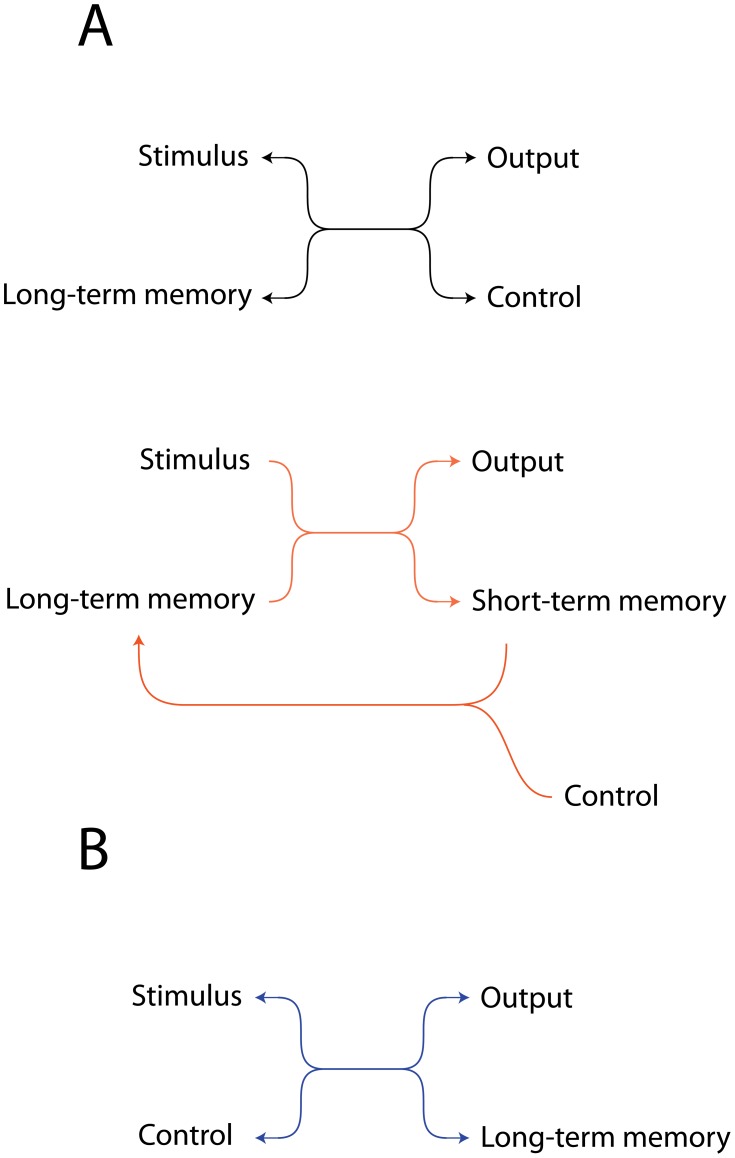Figure 11. Chemical motifs for associative learning.
(A) A long-term memory chemical could be identified in most networks: this reacted with the stimulus to produce output, and was generated only in the “associated” environment. Top. A simple reversible reaction in which stimulus+slow decaying memory-trace molecule produce output, and the control molecule regenerates the memory molecule for reuse. Bottom. Two almost irreversible reactions allow an improvement on the previous motif because here the decay rate of the output chemical is made independent of the decay rate of a short-term memory molecule, allowing decoupling of the control from the output molecule. (B) In several networks the overlap between the signal and control initialized long-term memory production. Again, a single reversible reaction but with S and C reacting together. It works because the control chemical decays quickly but the stimulus molecule decays slowly. Therefore stimulus and control molecules only co-occur when control follows stimulus, and not when stimulus follows control.

